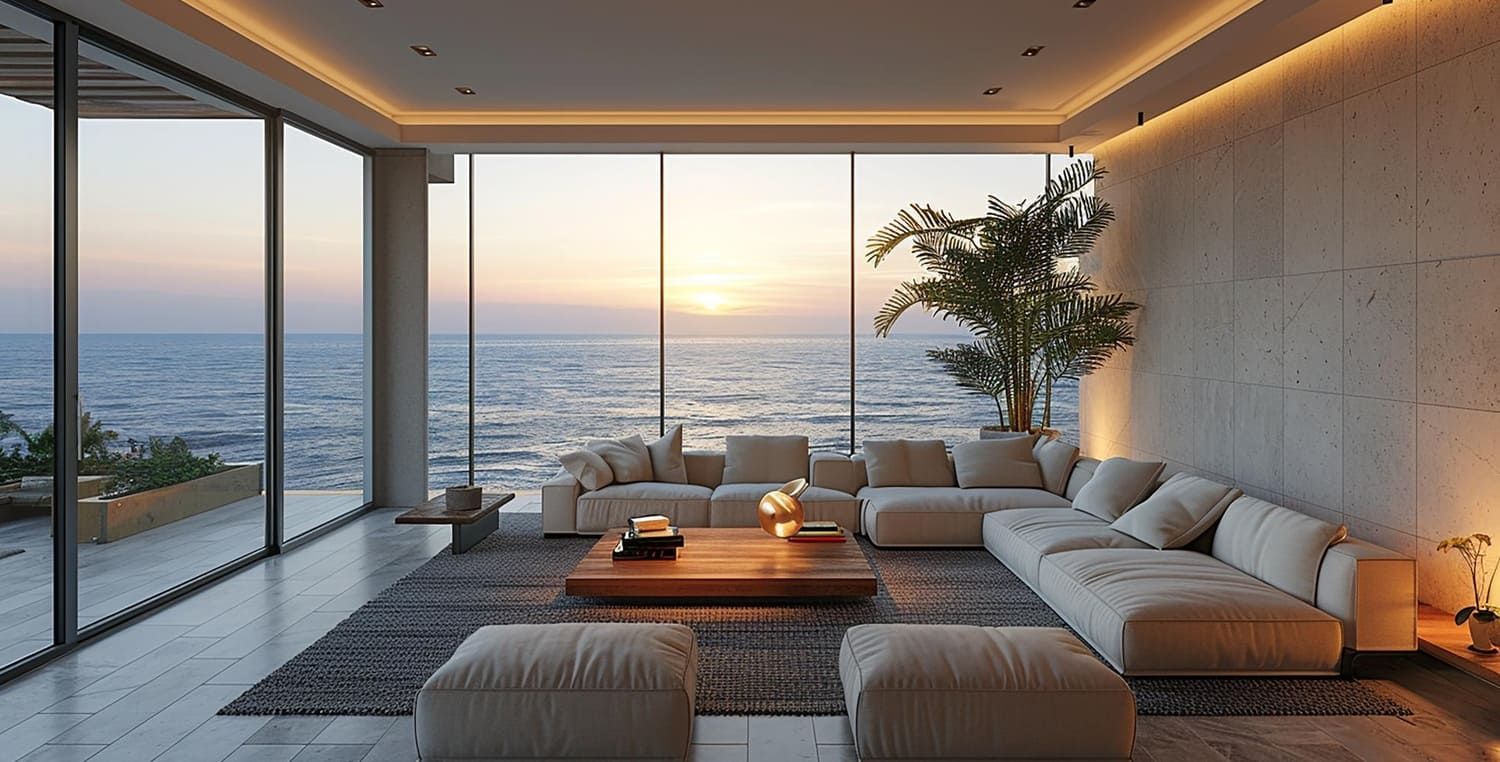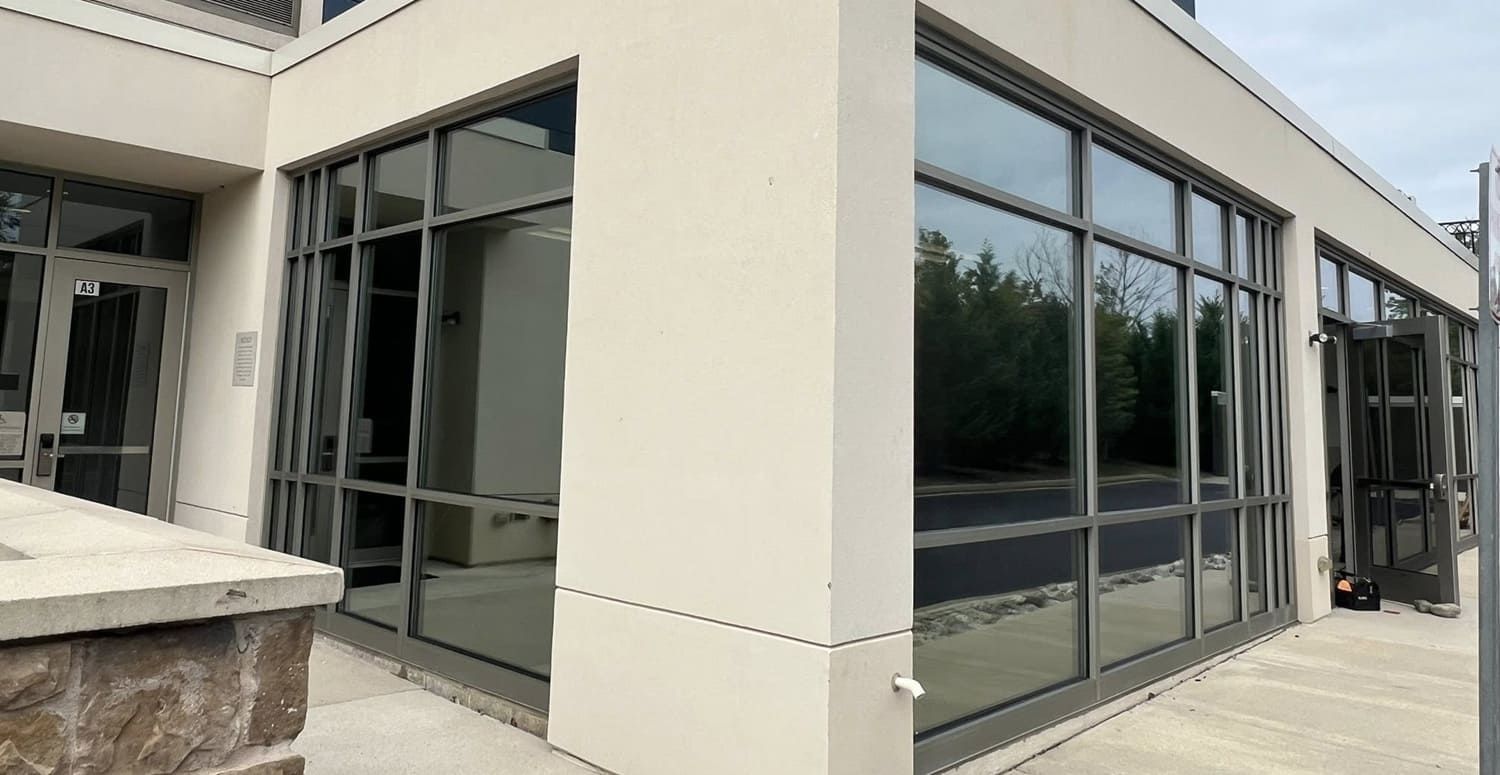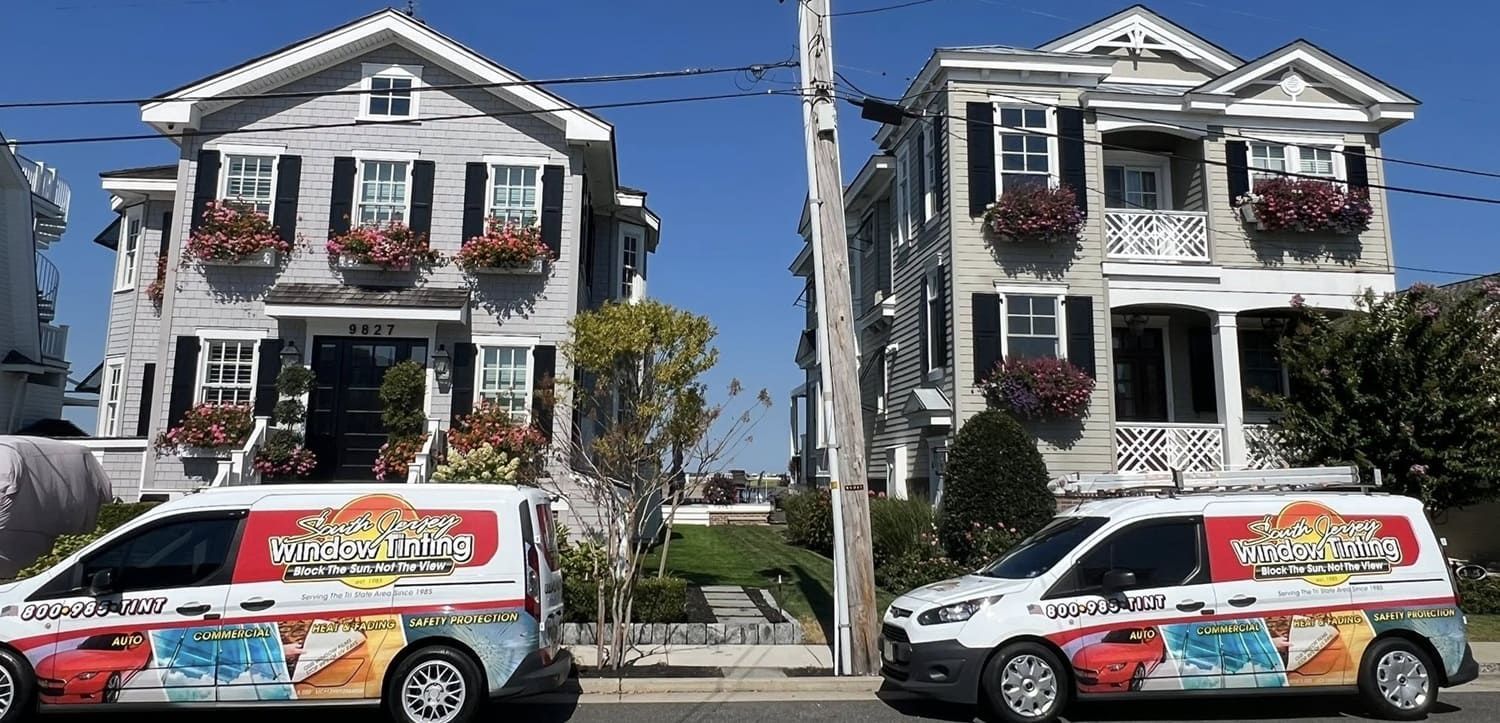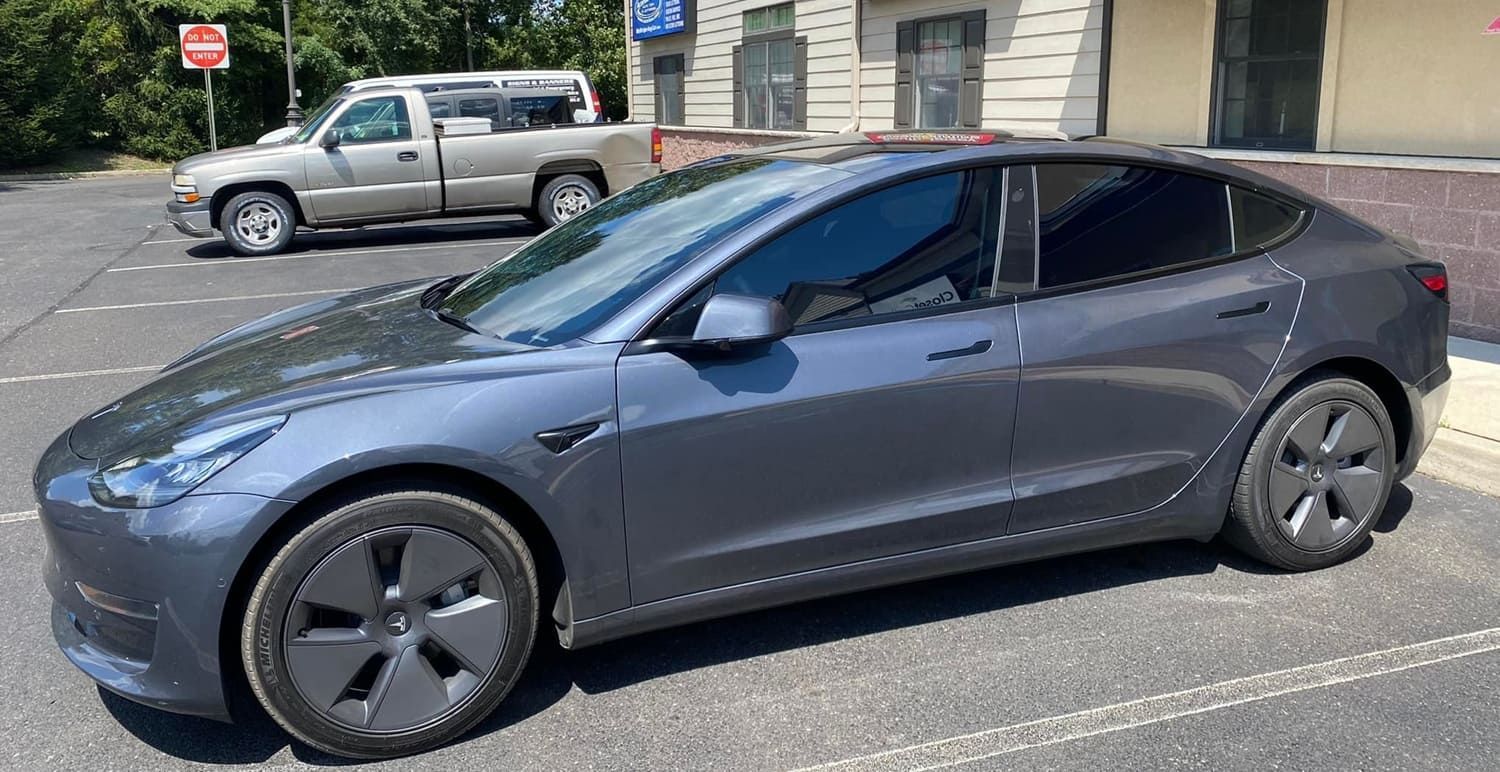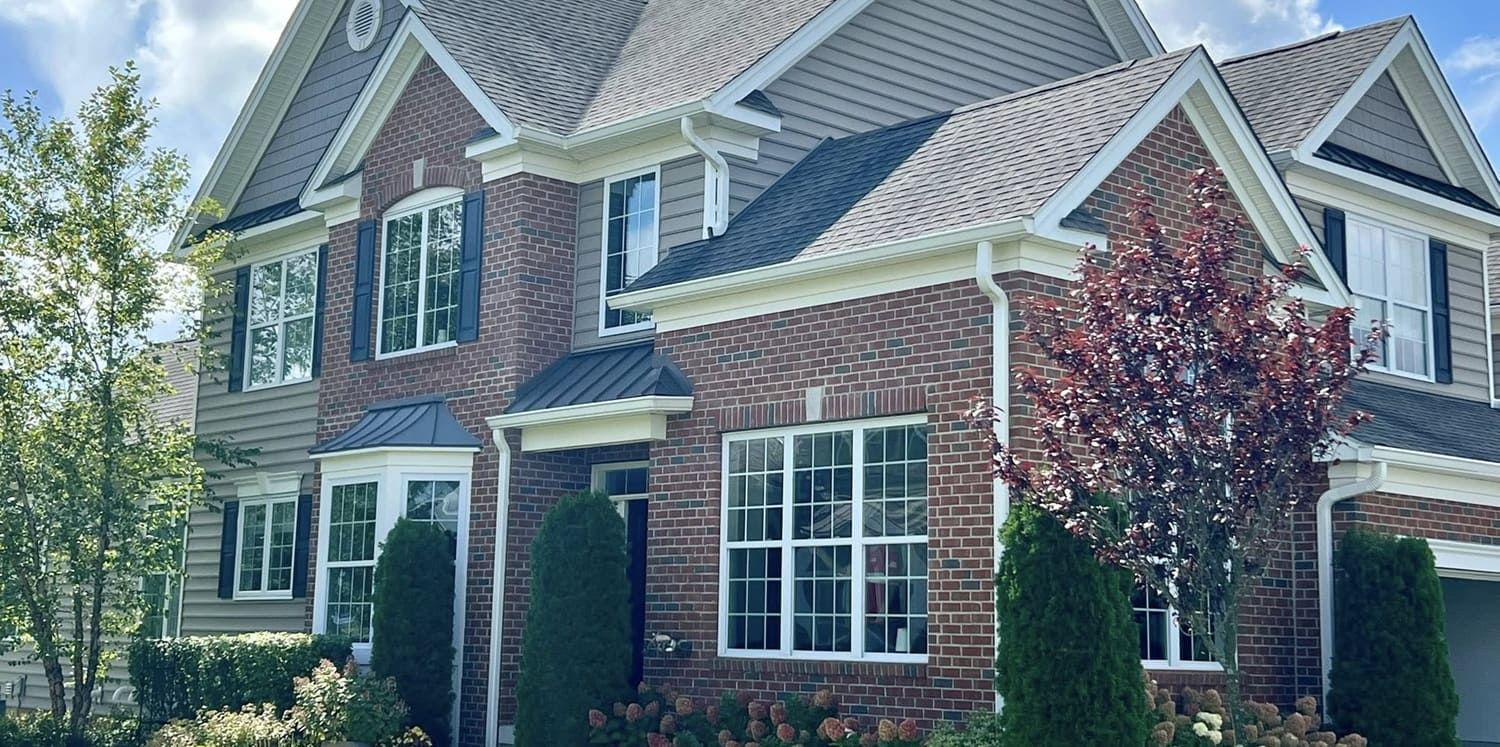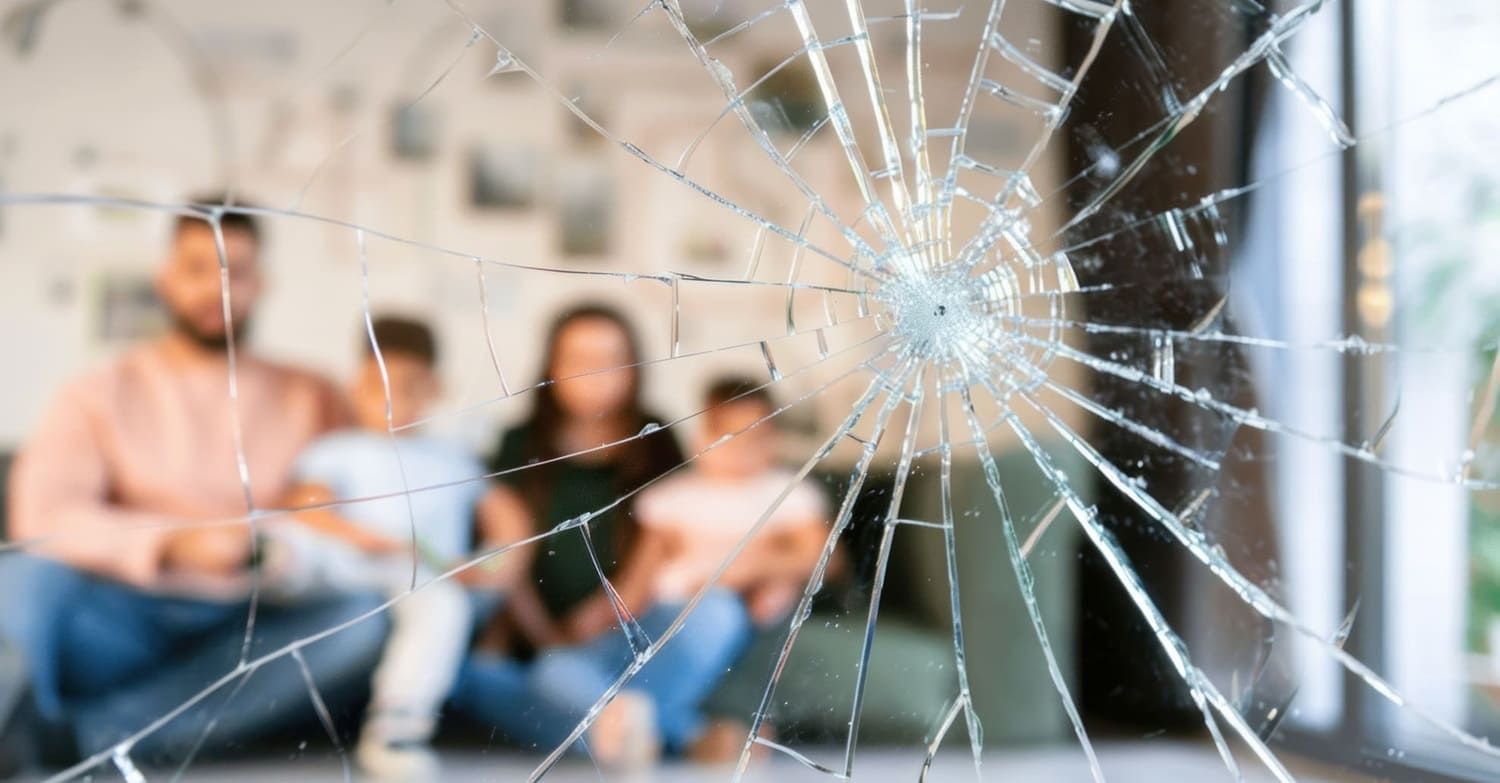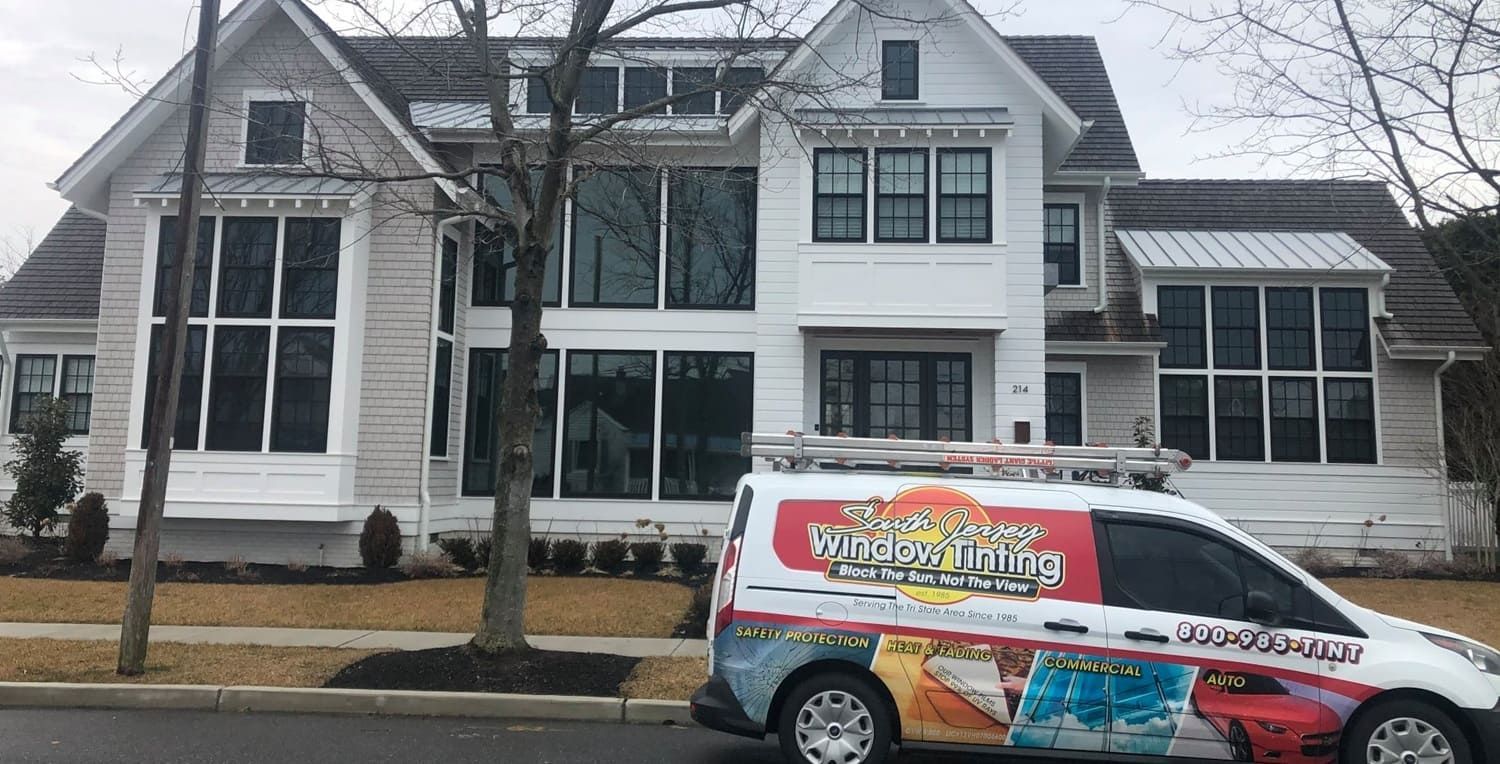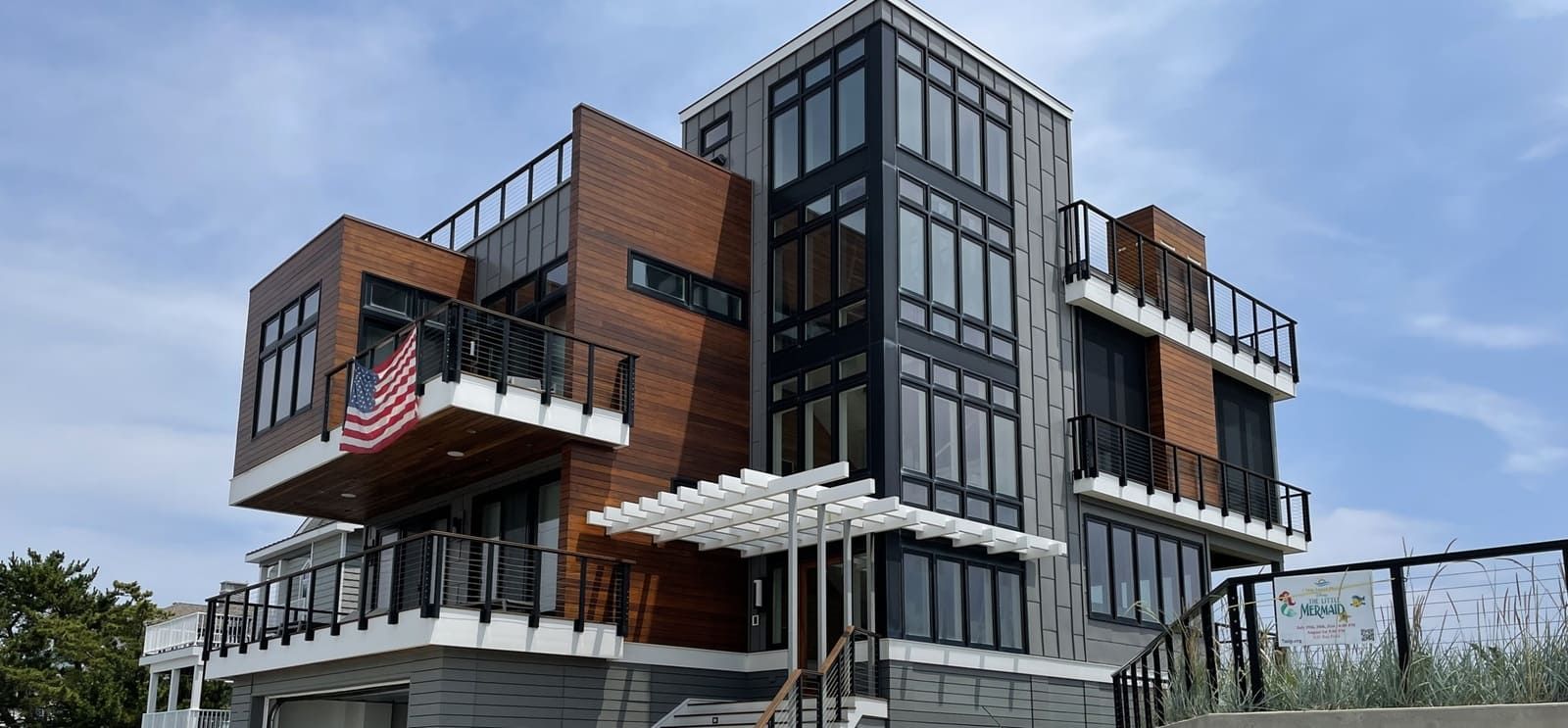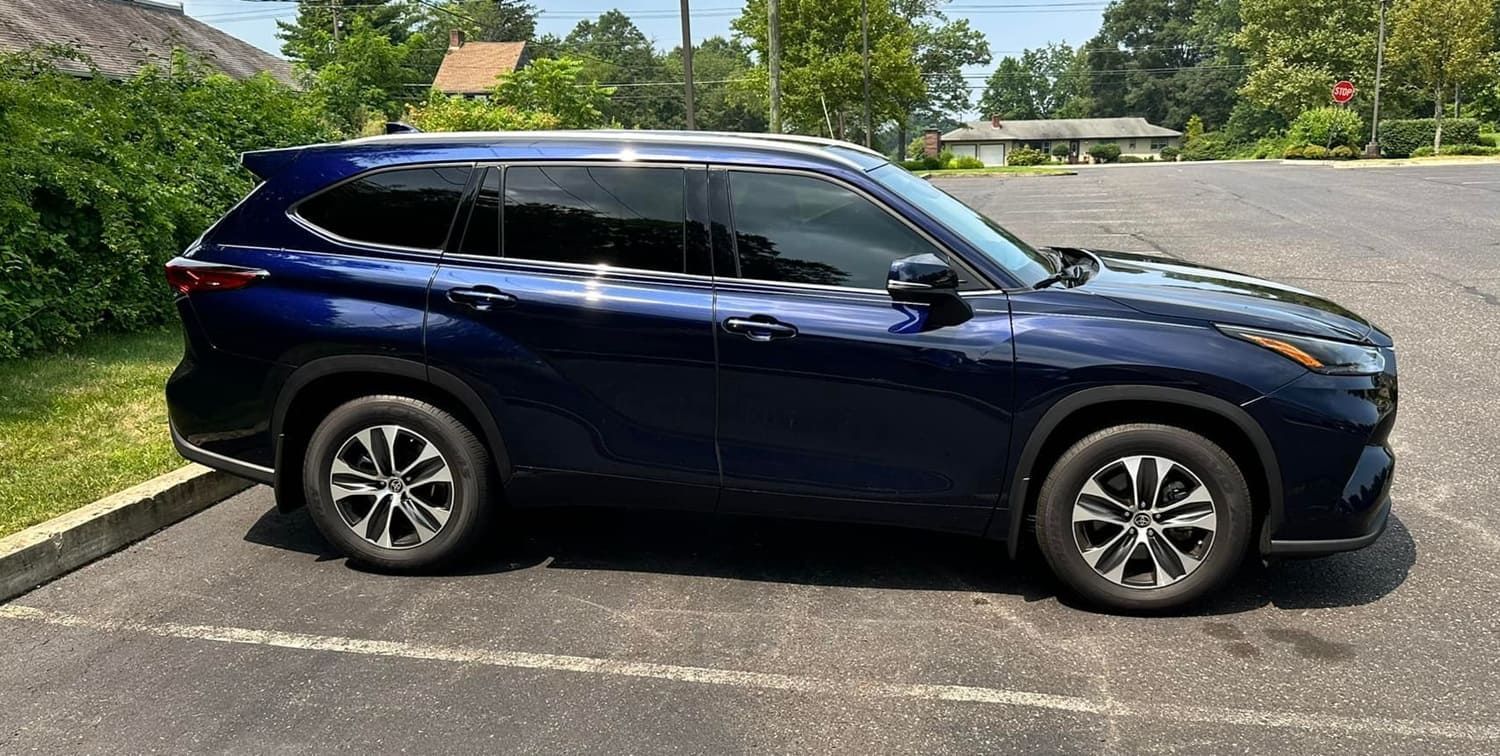What to Know Before Installing Safety Window Film
Safety window film installation is a smart choice for enhancing security and safety. It offers a simple yet effective way to protect your property.
This film holds shattered glass together, reducing injury risks during breakage. It also adds a layer of security against break-ins and vandalism.
Beyond safety, these films can provide UV protection, reducing fading of your interior furnishings. They are versatile, suitable for homes, businesses, and even vehicles.
Professional installation ensures a smooth, bubble-free finish, but DIY is an option for the handy. Choosing the right film and installer is crucial for optimal results.
Explore the benefits and considerations before deciding on safety window film installation.
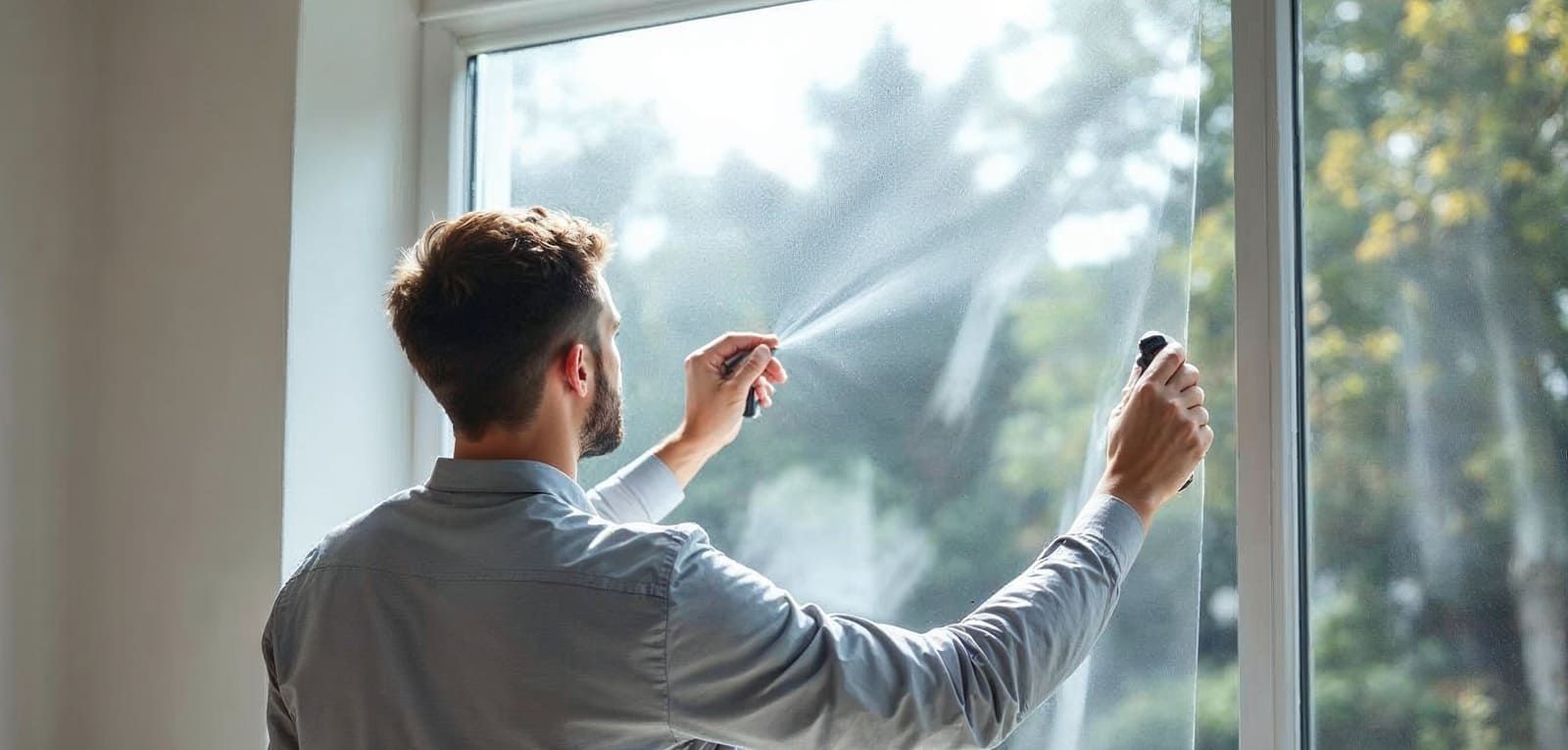
What Is Safety Window Film?
Safety window film is a robust polyester-based film that adheres to glass. It is engineered to keep glass shards together if broken. This minimizes injury risks and damage.
These films come in various thicknesses, offering different levels of protection. The thicker the film, the stronger its protective quality.
There are two primary types of safety window films:
- Clear Film: This is transparent and maintains the original appearance of windows.
- Tinted Film: Tinted options enhance privacy and reduce glare, all while providing security.
Safety window film is popular in both residential and commercial settings. It is used to fortify windows against environmental hazards, accidental impacts, and potential break-ins. With installation, property owners gain peace of mind knowing their glass is better prepared for mishaps. This film also helps meet specific building codes and insurance requirements.
Key Benefits of Safety and Security Window Film
Safety and security window film offer numerous benefits beyond basic protection. One significant advantage is improved security. It creates a formidable barrier against break-ins and vandalism.
These films also provide solar protection, blocking harmful UV rays from entering your space. This feature reduces fading of interiors, preserving furniture and fabrics.
Moreover, safety window films help regulate indoor temperatures, enhancing energy efficiency. By reducing heat gain during hot months, they contribute to a more comfortable environment.
The films also excel at glare reduction. In sunlit rooms, they diminish the discomfort of excessive glare, improving visibility.
Here's a summary of the key benefits:
- Enhanced Security: Increases resistance against break-ins.
- UV Protection: Blocks harmful rays, preserving interiors.
- Energy Efficiency: Helps regulate indoor temperatures.
- Glare Reduction: Improves comfort in bright spaces.
- Shatter Resistance: Holds glass fragments together, reducing injury risk.
In addition to these advantages, the films can also dampen noise. By limiting sound transmission, they create a quieter indoor environment. With their multifunctional properties, safety and security window films are a smart investment in your property's safety, comfort, and efficiency.
Types of Safety Window Film and Their Applications
Safety window films come in a variety of types, each serving specific functions. Understanding their distinctions helps in choosing the right one for your needs.
Clear safety films offer protection without changing the glass's appearance. They're ideal for maintaining views and aesthetics while enhancing safety.
Tinted films provide additional privacy and solar control. They are useful in reducing heat and glare, making them suitable for sunny areas.
Decorative films add style alongside protection. These films suit spaces needing both security and aesthetic appeal, like storefronts or offices.
In summary, here's a quick guide to the types and their uses:
- Clear Films: Maintains aesthetics, ideal for unobtrusive protection.
- Tinted Films: Reduces glare and heat, offers privacy.
- Decorative Films: Enhances style, suited for both commercial and residential.
Choosing the right type depends on your specific needs, such as privacy, aesthetics, or environmental conditions. Professional advice can ensure the best selection for your application.
Factors to Consider Before Installation
Installing safety window film involves more than just aesthetics. Several factors ensure optimal performance and satisfaction.
Firstly, assess the thickness of the film. Thicker films offer more protection but may also be more expensive. Consider the security needs of your property when making this choice.
Secondly, determine the required level of UV protection. Films vary in their UV-blocking abilities. This factor is crucial for reducing indoor fading and protecting skin from harmful rays.
Additionally, evaluate environmental considerations. Properties in storm-prone areas may benefit from films designed to withstand impact.
Here's a list of key factors:
- Film Thickness: Balance between protection and cost.
- UV Protection Level: Higher levels guard against fading and skin damage.
- Environmental Needs: Consideration for severe weather or specific threats.
Lastly, check for certifications or warranties. These add assurance about the film's durability and performance. Investing time in evaluating these factors ensures a satisfying and secure installation experience.
Professional vs. DIY Window Film Installation
Deciding between professional and DIY window film installation requires careful thought. Both options have distinct advantages and drawbacks.
Professional installation ensures high-quality results. Experts deliver a flawless finish and optimize film performance. They also provide valuable advice tailored to your specific needs.
DIY installation may appeal due to cost savings and the satisfaction of personal involvement. However, it demands precision and attention to detail. Mistakes could lead to bubbles and a less effective film.
When weighing these options, consider:
- Cost: Professional services may be pricier than a DIY approach.
- Skill Level: Assess your ability to achieve a satisfactory finish.
- Time: DIY can be time-consuming, while pros often work quickly.
Ultimately, the choice depends on personal preference and project complexity. For essential security, the peace of mind from a professional may outweigh potential savings from a DIY endeavor.
The Safety Window Film Installation Process: Step by Step
Installing safety window film involves several precise steps. Proper execution ensures optimal security and performance.
First, the glass must be thoroughly cleaned. Any dirt or debris can impede the film's adhesion and effectiveness.
Next, the film is carefully measured and cut to match the window dimensions. Precision in this step is crucial for a seamless fit.
Once cut, the film is applied using a soapy water solution. This allows for smooth adjustments and helps prevent bubbles.
A squeegee is then used to remove excess water and air bubbles. This ensures a firm bond between the film and the glass.
Finally, edges are trimmed and checked for any imperfections. This guarantees a polished appearance and secure application.
The process may vary slightly by brand or film type. However, these general steps outline the essentials for achieving a successful installation. Always consider professional help for complex projects or to ensure the utmost safety benefits.
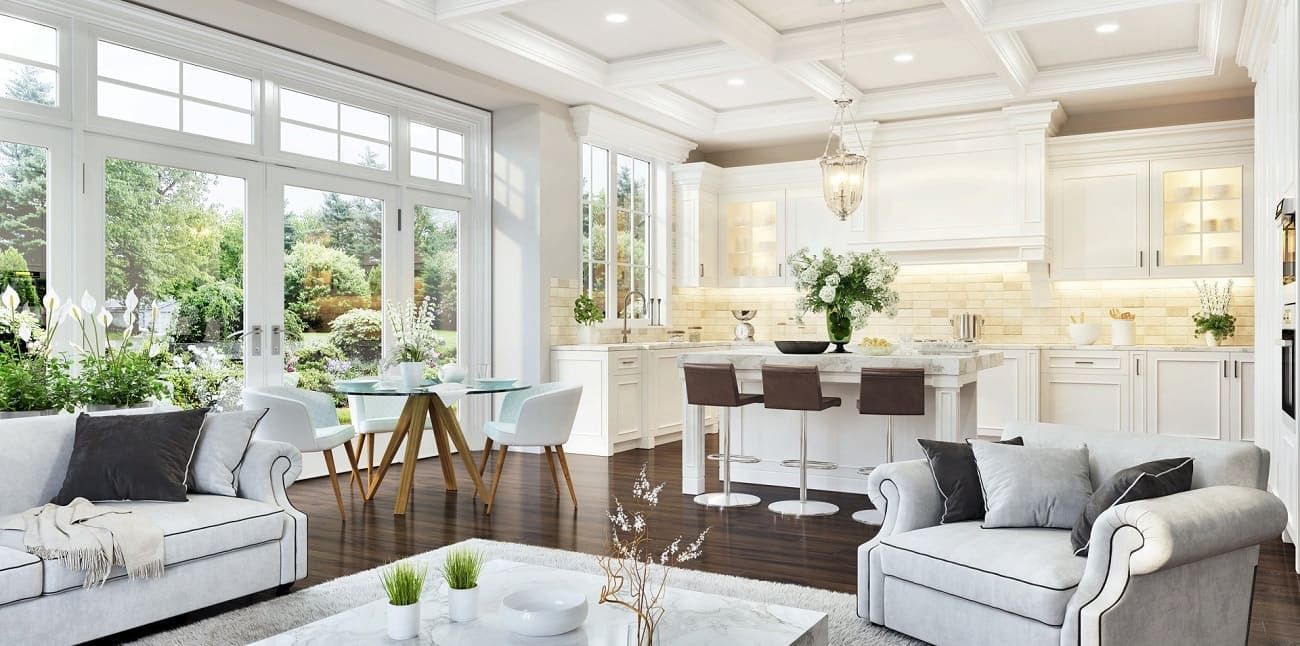
Maintenance and Longevity of Safety Window Film
Safety window films are known for their durability. With proper care, they can last many years, providing ongoing security and protection.
Maintaining these films is straightforward. Regular cleaning with mild, non-abrasive solutions will keep them in good condition.
Avoid harsh chemicals that can damage the film. Use a soft cloth or sponge to gently clean the surface.
Key tips for extending film life include:
- Clean surfaces monthly.
- Use only recommended cleaning products.
- Inspect for damage regularly.
By following these simple steps, you can ensure your safety window film remains effective and looks great over time.
Cost, Warranties, and Value Considerations
The cost of safety window film installation varies. Factors include window size, film type, and installer expertise. Ensure you receive a detailed quote to avoid surprises.
Warranties are crucial when selecting a film. They offer peace of mind and protect against defects. Confirm warranty terms, such as duration and coverage details, with your installer.
When evaluating value, consider long-term benefits. Safety window films enhance property security and energy efficiency. They may also increase your property's resale value.
Key considerations include:
- Initial costs versus long-term savings
- Warranty coverage and duration
- Impact on property value
By weighing these factors, you can make an informed decision that balances cost and value effectively.
How to Choose the Right Installer: “Safety Window Film Near Me”
Choosing a qualified installer is vital for success. Start by researching local companies. Look for reviews from past clients to gauge their reliability and expertise.
Professional installers provide essential benefits. They ensure the film fits perfectly and performs optimally. Mistakes during installation can reduce effectiveness and longevity.
When selecting an installer, consider the following:
- Experience and reputation in the industry
- Availability of product warranties
- Customer testimonials and ratings
Ask questions about their installation process and film options. Confirm they offer suitable warranties for their work. This will help you find the best "Safety Window Film near me" for your needs.
Frequently Asked Questions About Safety Window Film Installation
Many people have common questions about safety window films. Understanding these can guide you through the installation process. Here are some frequent queries.
Does safety window film affect window transparency?
Generally, films are designed to be clear or lightly tinted. They maintain visibility while providing protection.
What is the average lifespan of these films?
With proper installation and maintenance, safety films can last several years. Regular cleaning prolongs their durability.
What is safety window film?
Safety window film is a clear or tinted layer applied to glass that holds shards together if the glass breaks, improving safety and security.
Why should I consider safety film for my windows?
It helps protect against accidents, break-ins, and natural disasters by making glass more impact-resistant and less likely to scatter.
Does safety film prevent glass from breaking?
No, it doesn’t stop the glass from breaking, but it holds pieces together to reduce injuries and property damage.
Can safety window film be installed on all types of glass?
It works on most glass surfaces, but certain tempered or coated glass may require special film types.
Do I need professional installation for safety film?
Yes, professional installation ensures the film adheres properly and performs as intended during impact.
How thick is safety window film?
Most films range from 4 to 15 mils in thickness, with thicker films offering stronger protection.
Will safety film make my windows darker?
Not necessarily. Clear films are available, as well as tinted or reflective options that add privacy and solar benefits.
How long does it take to install safety window film?
Installation time depends on window size and quantity, but most residential or small commercial projects can be completed in one day.
Does installing safety film disrupt normal home or business activities?
No, most installations are quick and non-invasive, with minimal downtime.
Can safety film also block UV rays?
Yes, most safety films block up to 99% of harmful UV rays, protecting interiors from fading.
Is safety film permanent?
It’s designed to last for 10–20 years, but it can be professionally removed if needed.
How long does safety window film take to cure?
Films typically take a few days to a few weeks to fully cure, depending on weather conditions.
Does safety film require special cleaning?
Yes, it should be cleaned with ammonia-free solutions and soft cloths to avoid scratching or lifting edges.
Can safety film improve energy efficiency?
Yes, tinted or reflective safety films also reduce heat gain and glare, lowering energy costs.
Does safety film meet building safety codes?
In many cases, yes. Safety film helps glass meet safety glazing standards for schools, offices, and public buildings.
Is safety film effective for storefronts?
Yes, it provides added protection against smash-and-grab theft and keeps glass intact longer.
Will safety film increase property value?
Yes, by adding safety, security, and energy benefits, safety film can make homes and businesses more attractive to buyers.
Do I need to move furniture before installation?
Yes, installers usually request at least 2–3 feet of clearance around windows to work safely and efficiently.
Is safety window film a cost-effective upgrade?
Yes, compared to replacing all windows with safety glass, film is a more affordable way to enhance protection.
Conclusion: Is Safety Window Film Right for You?
Safety window film is a smart choice for enhancing security and comfort. Its benefits make it a worthwhile investment for many properties.
Whether you're protecting a home, business, or vehicle, consider your specific needs. Evaluate factors like location and potential threats. With the right film and professional installation, you can enjoy peace of mind knowing your windows are secure. This addition not only enhances safety but can also improve property value over time.
South Jersey Window Tinting — Professional Safety and Security Films installers near you serving Medford, NJ. Contact us today for a free estimate.


